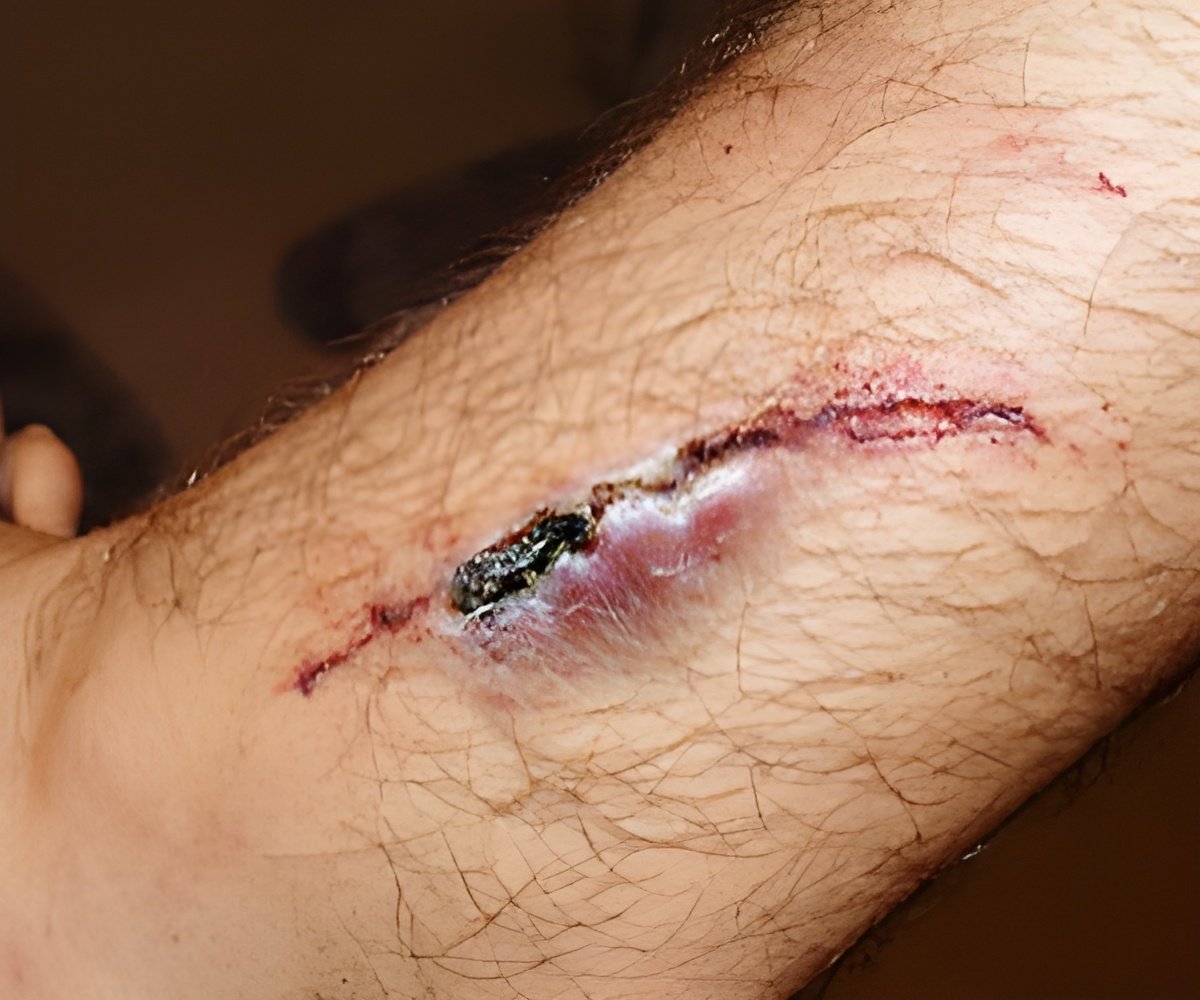Sepsis is difficult to diagnose and even more difficult to treat.

‘Measurement of methylthioadenosine or MTA was observed to be 80% accurate in predicting death in sepsis patients.’





Duke scientists have discovered a biomarker for sepsis that could improve early diagnosis,
prognosis, and treatment to save lives. The new biomarker, a molecule called methylthioadenosine or MTA, can predict which patients are most likely to die from the illness. The findings, which appear in the journal Science Advances, could also help determine whether patients could benefit from therapies that either enhance or suppress the immune system, paving the way for new treatments.
"This area has been a graveyard for the pharmaceutical industry, with more than 100 failed clinical trials of therapies that target the body's abnormal response to infection," said Dennis C. Ko, an assistant professor of molecular genetics and microbiology at Duke University School of Medicine.
"It may be that these failed clinical trials are not actually failures of treatment, but rather failures of diagnosis," Ko said. "With better biomarkers, we may be able to group sepsis patients into more refined categories to more effectively test and possibly even resurrect old drugs."
People with sepsis are typically treated with a combination of antibiotics and supportive care, treatments that target the offending germs but do nothing to address the runaway immune response that, ironically, proves more deadly than the infection itself.
Advertisement
In a study published five years ago in the Proceedings of the National Academy of Sciences, Ko searched for genetic variants that might predispose people to higher or lower levels of pyroptosis. His results pointed to some variation between patients in the components of an intracellular recycling system known as the "methionine salvage pathway."
They found that measurement of this single molecule was approximately 80% accurate in predicting death, which is comparable to the APACHE II (Acute Physiology and Chronic Health Evaluation II) score, a measurement that is now used in hospitals.
After Ko discovered that MTA could serve as a reliable biomarker of sepsis, he wondered whether he could change the course of infection by manipulating levels of the molecule. His lab found that mice infected with Salmonella lived longer when MTA was administered prior to infection, suggesting that manipulation of the methionine salvage pathway could be used to regulate the inflammatory response that leads to sepsis.
But Ko cautions that much more work needs to be done before a diagnostic or treatment based on MTA could make it into the clinic. It will be crucial to further examine the utility, dosing, pharmacodynamics, and mechanism of tweaking MTA levels in animal models, and if results are promising, to validate them in patients.
"It gets very complicated very fast," said Ko. "Some people might have too robust of an inflammatory response, some people might not have a robust enough response, and as a result their MTA levels will differ, both between individuals and within an individual over the course of an illness. Biomarkers could determine where individuals fall along that continuum, and what treatments might work."
Source-Eurekalert









